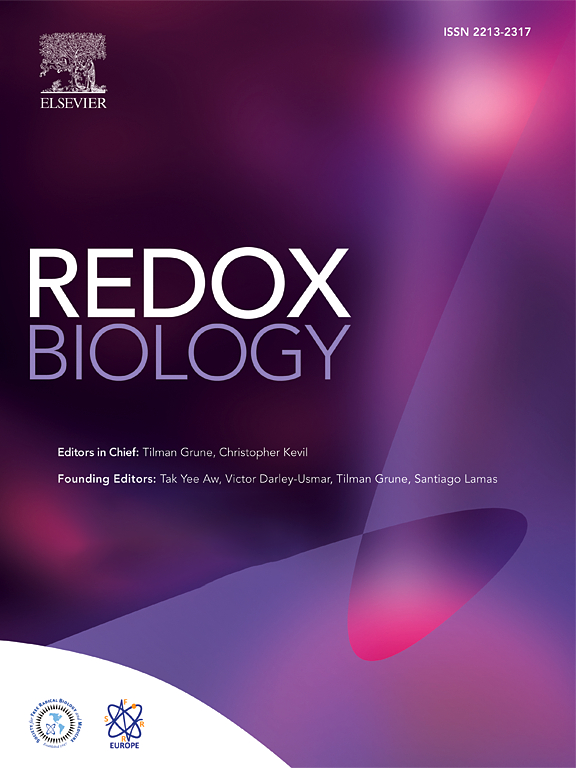基于抗体检测人体细胞中 NRF2 的注意事项
IF 10.7
1区 生物学
Q1 BIOCHEMISTRY & MOLECULAR BIOLOGY
引用次数: 0
摘要
本文章由计算机程序翻译,如有差异,请以英文原文为准。
Considerations for antibody-based detection of NRF2 in human cells
Based on the knockdown and overexpression experiments, it is accepted that in Tris-glycine SDS-PAGE human NRF2 migrates above 100 kDa, depending on the percentage of the gel. In 8 % Tris-glycine gel, monoclonal anti-NRF2 antibodies detect NRF2 signal as three bands migrating between 100 and 130 kDa. Here we used mass spectrometry to identify proteins immunoprecipitated by anti-NRF2 antibodies migrating in this range under steady state, upon NRF2 activator tert-BHQ and after translation inhibition with emetine. Our results show that three commercial monoclonal antibodies with epitopes in the center and in the C-terminus of NRF2 also bind calmegin, an ER-residing chaperone, that co-migrates with NRF2 in SDS-PAGE and gives stronger signal in western blot than NRF2. Calmegin has a much longer half life than NRF2 and resides in the cytoplasm, which differentiates it from NRF2. The most specific anti-NRF2 antibody in western blot, Cell Signaling Technology clone E5F1 is also specific in staining nuclear NRF2 in immunofluorescence. Other antibodies, that recognize calmegin in western blot, still can be specific for nuclear NRF2 in immunofluorescence, but require prior validation with NRF2 knockdown or knockout. These results appeal for caution and consideration when analyzing and interpreting results from antibody-based NRF2 detection.
求助全文
通过发布文献求助,成功后即可免费获取论文全文。
去求助
来源期刊

Redox Biology
BIOCHEMISTRY & MOLECULAR BIOLOGY-
CiteScore
19.90
自引率
3.50%
发文量
318
审稿时长
25 days
期刊介绍:
Redox Biology is the official journal of the Society for Redox Biology and Medicine and the Society for Free Radical Research-Europe. It is also affiliated with the International Society for Free Radical Research (SFRRI). This journal serves as a platform for publishing pioneering research, innovative methods, and comprehensive review articles in the field of redox biology, encompassing both health and disease.
Redox Biology welcomes various forms of contributions, including research articles (short or full communications), methods, mini-reviews, and commentaries. Through its diverse range of published content, Redox Biology aims to foster advancements and insights in the understanding of redox biology and its implications.
 求助内容:
求助内容: 应助结果提醒方式:
应助结果提醒方式:


